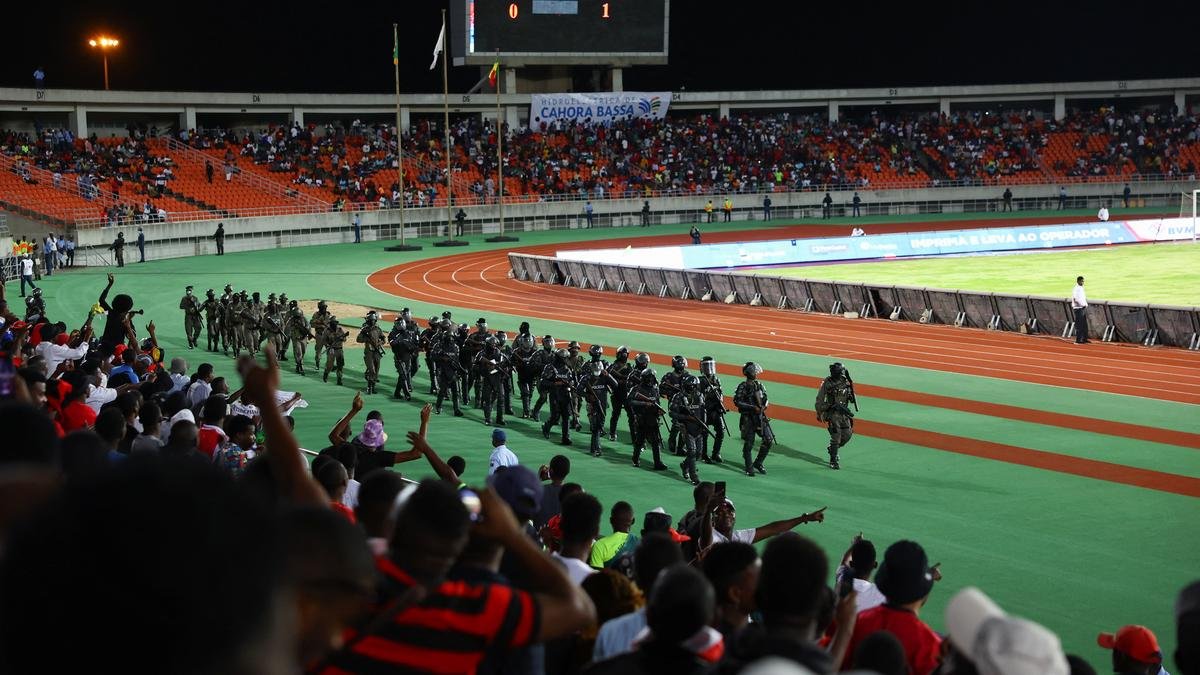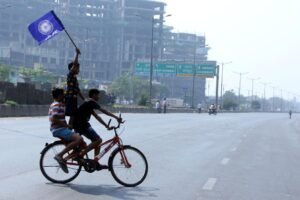Delhi’s air quality ‘very poor’ for 5th day; min temp 4 notches above normal

Since November 3, Delhi has been experiencing very poor air quality, with the Air Quality Index (AQI) consistently exceeding 350, culminating in a peak of 382, the highest of the season.
For five consecutive days, the sluggish winds persisted, hampering the dispersal of pollutants in Delhi and thus maintaining its air quality at the upper range of the “very poor” classification. Meanwhile, the minimum temperature remained unusually high at 18°C.
Following a seasonal low of 16.5°C on November 3, the minimum temperature has increased, reaching 17.2°C on Wednesday and 17.6°C the day before. Looking ahead, the maximum temperature is anticipated to be approximately 33°C on Thursday, up from 32.3°C the previous day.
As of 9 am on Thursday, a minimum of nine stations registered air quality classified as “severe.” Anand Vihar reported an Air Quality Index (AQI) averaging 427, while Wazirpur followed closely at 424. The collective average AQI stood at 367, showing a slight rise from the 352 recorded at 4 pm on Wednesday.
Since November 3, Delhi has been experiencing a persistently high AQI, hovering above 350 and categorized as “very poor,” with the highest reading of the season reported at 382. The air quality has remained in the “very poor category” exceeding 300 since October 30, yet it has not plunged into the “severe” range despite adverse weather conditions. According to CPCB data dating back to 2015, Delhi typically registers at least one day of “severe” air quality by November 5.
The AQI classification set by the Central Pollution Control Board categorizes air quality levels as follows: “good” for AQI 0-50, “satisfactory” for AQI 51-100, “moderate” for AQI 101-200, “poor” for AQI 201-300, “very poor” for AQI 301-400, and “severe” for AQI above 400.
Until the weekend, it was anticipated that the wind conditions wouldn’t be conducive for the dispersal of pollutants. The air quality was expected to stay at a “very poor” level until Saturday.
At 6:30 am on Thursday, Palam recorded a minimum visibility of 1,200 meters, while the visibility across the city dropped to 800 meters on Wednesday. Fog is classified when visibility falls below 1,000 meters.
Throughout the day, the wind shifted back and forth from the southeast to the west. According to data from the Decision Support System, stubble burning played a significant role in Delhi’s PM 2.5 levels, mainly due to winds blowing from the northwest to the west, accounting for 20.3% on Tuesday based on the actual fire counts. This percentage was slightly higher at 23.3% the day before. By November 1, farm fires were believed to have caused a peak contribution of 35.1% to Delhi’s PM 2.5 pollution levels.












